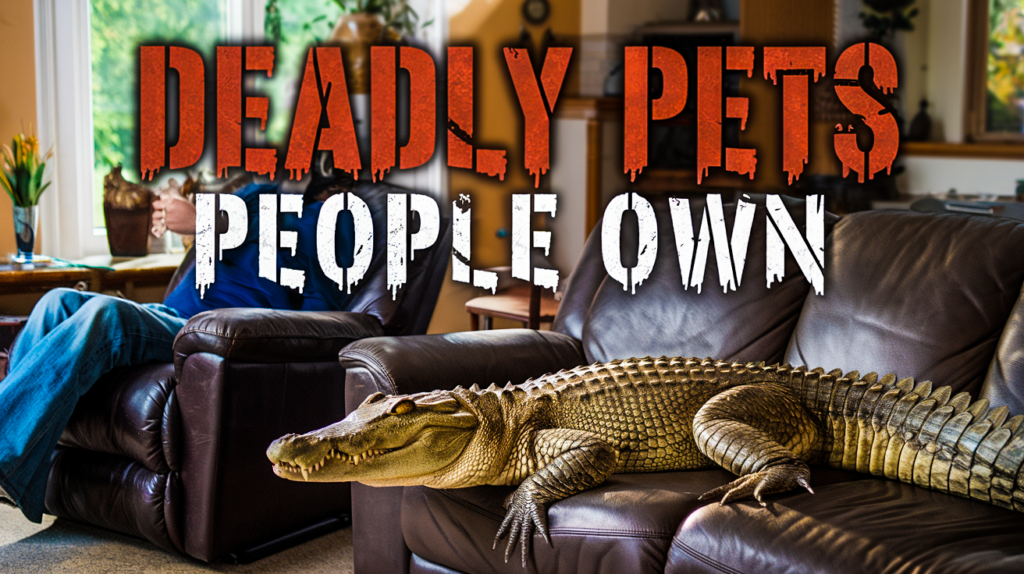
A 300-pound tiger lounges in a suburban basement while kids play just yards away in thousands of American homes. Emergency rooms report hundreds of exotic pet incidents yearly, from venomous snake bites to primate attacks that leave owners permanently injured. The appeal of dangerous pets continues growing, despite medical data showing the risks. Our guide reveals the 14 deadliest animals people keep as companions, exposing the real dangers these powerful creatures bring into homes across the country. Learn what makes these animals lethal and why many experts advocate for stronger exotic pet regulations.
14. Wolves

Adult wolves weigh between 70-110 pounds and possess powerful jaws with a bite force of 1,200 PSI. Wolf DNA carries thousands of years of wild instincts that create complex social needs and territorial behaviors. Experts document multiple cases where pet wolves have exhibited destructive behaviors, intense resource guarding, and aggression toward humans after reaching sexual maturity at age 2-3. Wolves require specialized diets, extensive outdoor space, and expert handling to maintain their health and safety. State and local laws strictly regulate or prohibit private wolf ownership.
13. Gorillas

Adult male gorillas reach 400 pounds and demonstrate strength estimated at 10 times that of an adult human. These great apes maintain complex social hierarchies and require extensive space, specialized diets, and professional medical care. Gorillas express emotions through subtle body language and facial expressions that humans often misinterpret. This makes them particularly dangerous as it can make their behavior seem entirely unpredictable to untrained handlers. Professional facilities invest hundreds of thousands of dollars in proper habitat construction, enrichment activities, and veterinary care. Private ownership of gorillas remains illegal throughout the United States.
12. Crocodiles
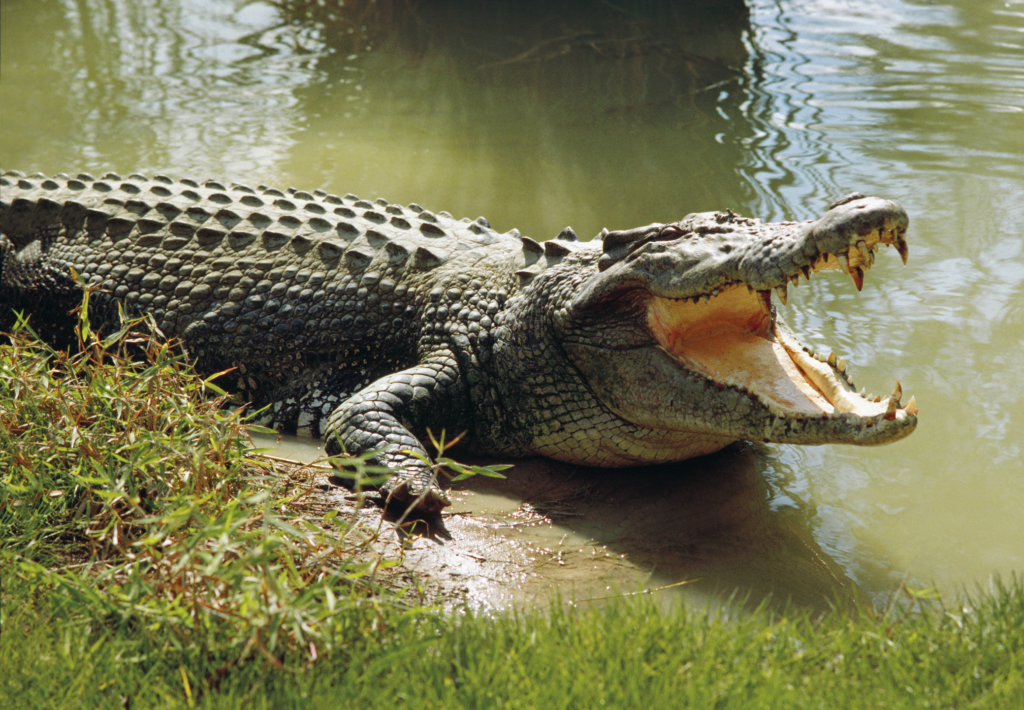
American alligators and crocodiles grow continuously throughout their 35-50 year lifespan, reaching lengths over 12 feet. These reptiles require large heated pools, specialized UV lighting, and careful temperature regulation. Their powerful jaws deliver 3,700 PSI of bite force, and they maintain strong territorial instincts even with regular human contact. Proper care demands expert knowledge of reptilian biology, behavior, and extensive safety protocols. Most jurisdictions classify crocodilians as dangerous animals and require special permits or ban private ownership.
11. Kangaroos

Adult kangaroos possess remarkable strength in their powerful hind legs, capable of delivering kicks that generate up to 850 PSI of force. These marsupials reach heights of 6 feet and weights exceeding 200 pounds, requiring expansive outdoor spaces for their natural hopping movement. Kangaroos maintain complex social structures in the wild and demonstrate strong flight responses to perceived threats. Several states consider kangaroos exotic animals and enforce strict regulations on ownership, especially given that kangaroos have kicks powerful enough to break bones and cause internal trauma.
10. Leopards

Leopards stand among the most athletic big cats, with adults weighing up to 200 pounds and possessing the strength to carry prey twice their weight up trees. These cats maintain large territories in the wild and exhibit highly developed hunting instincts that persist regardless of human interaction. A leopard’s specialized care requirements include fresh meat diets, extensive climbing structures, and secure enclosures that meet professional safety standards. Their natural behaviors include scent marking and nocturnal activity patterns that challenge traditional pet keeping practices.
9. Anteaters

Giant anteaters grow to lengths of 7 feet and possess powerful front claws designed for tearing into termite mounds. These unique mammals require specific diets rich in insects and supplements to match their wild nutritional needs. Anteaters demonstrate remarkable strength and can seriously injure large predators with their defensive strikes, including pumas and jaguars. They may seem kind, and even kind of goofy, but the shouldn’t be taken lightly. Though docile, they will respond to threats.
8. Anacondas
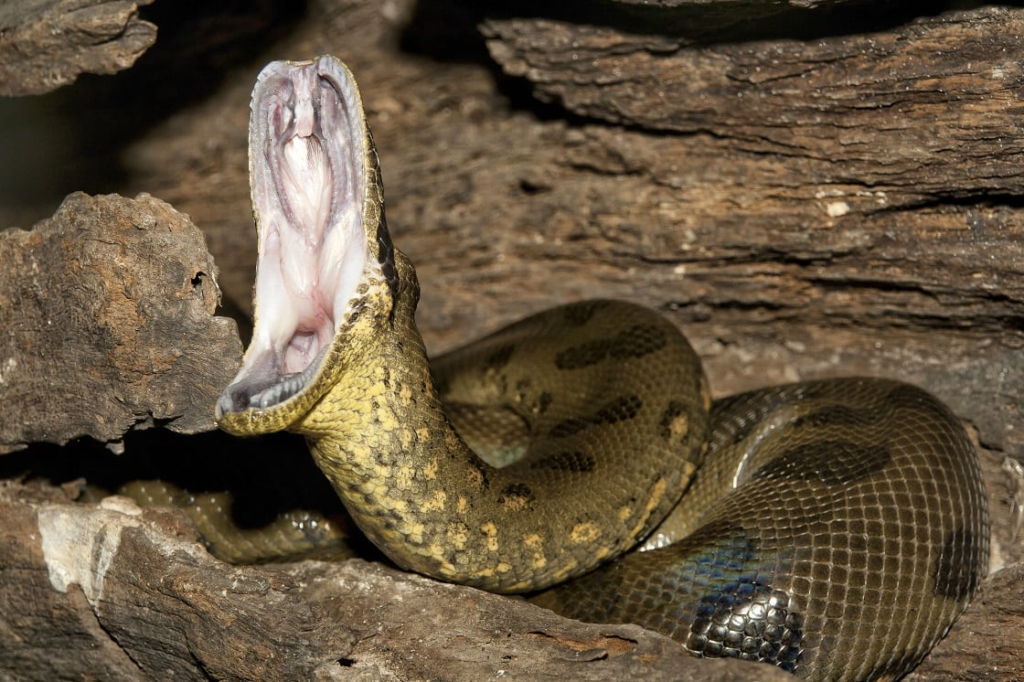
Green anacondas rank as Earth’s heaviest snakes, with females reaching lengths over 20 feet and weights exceeding 300 pounds in optimal conditions. These powerful constrictors possess highly developed muscles that allow them to subdue large prey underwater, while their unique skin patterns provide excellent camouflage in their native habitats. Anacondas require large, temperature-controlled water features and specialized handling protocols for safe interaction. An anaconda’s care demands include precise humidity control, regular veterinary monitoring, and extensive knowledge of snake behavior patterns.
7. Bison
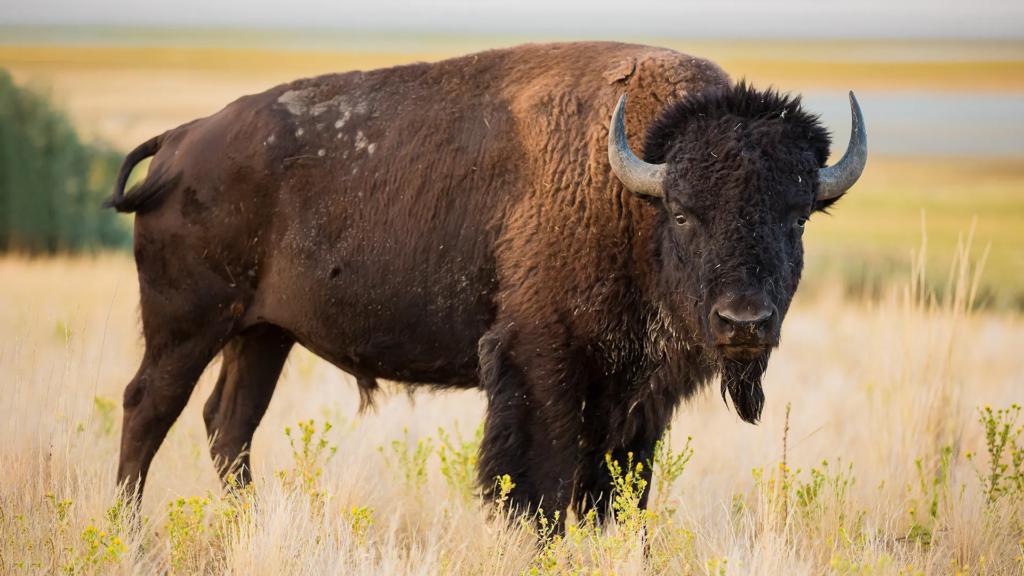
American bison stand as North America’s largest land mammals, with adult bulls weighing up to 2,000 pounds and displaying remarkable speed and agility. These powerful grazers maintain strong herding instincts and express themselves through distinct vocalizations and body language. Bison demonstrate remarkable environmental adaptability and form strong social bonds within their groups, but generally appear docile. So why are they on this list? They’re enormous, for one – and they may charge suddenly and without warning, toppling and trampling nearly anything in their path.
6. Pythons

Reticulated pythons hold records as the world’s longest snakes, with adults reaching lengths up to 25 feet. These remarkable reptiles display sophisticated hunting adaptations, including heat-sensing pits along their faces that detect warm-blooded prey with exceptional accuracy. The python’s muscular body contains hundreds of pairs of ribs that work in concert to move and constrict, while their flexible jaws allow them to consume large prey items whole. Expert python care includes precise temperature regulation, secure enclosures, and a thorough understanding of feeding behaviors and body language.
5. Dingoes
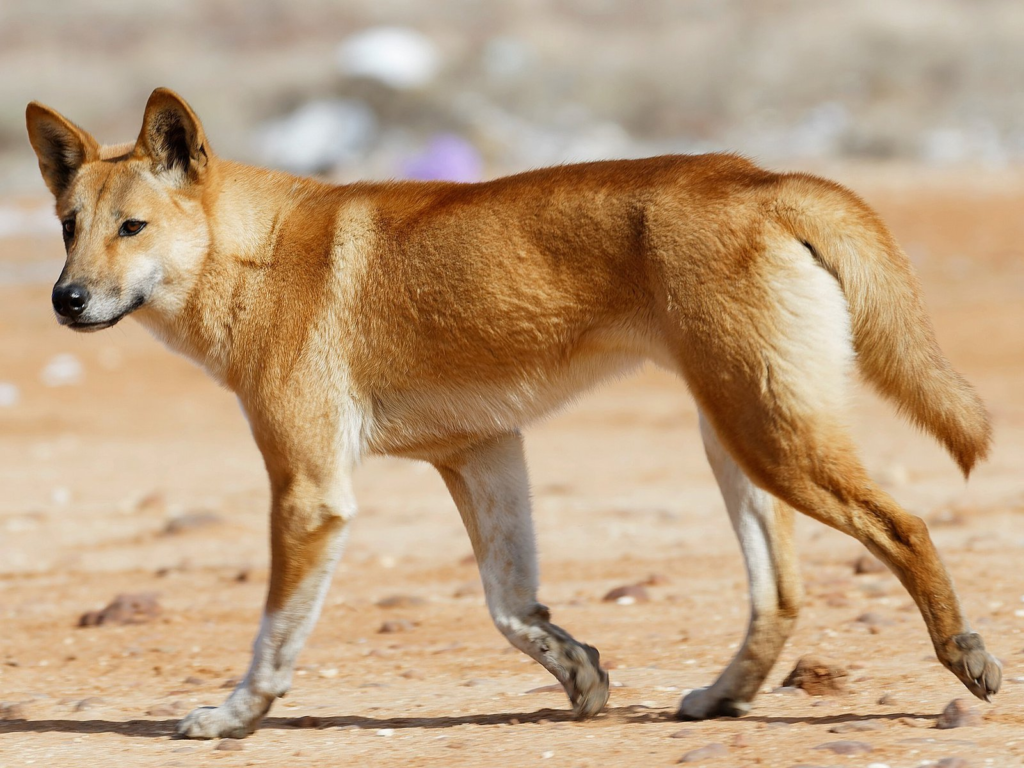
Australian dingoes represent one of Earth’s oldest canine species, maintaining many ancestral traits from their evolution over 4,000 years ago. These athletic animals demonstrate exceptional problem-solving abilities and possess physical capabilities that surpass most domestic dogs, including the ability to rotate their wrists and climb trees. Adult dingoes weigh between 30-50 pounds and exhibit complex pack dynamics, communicating through varied vocalizations and distinct body language. Their natural behaviors include strict territorial marking and seasonal breeding patterns.
4. Exotic Cats
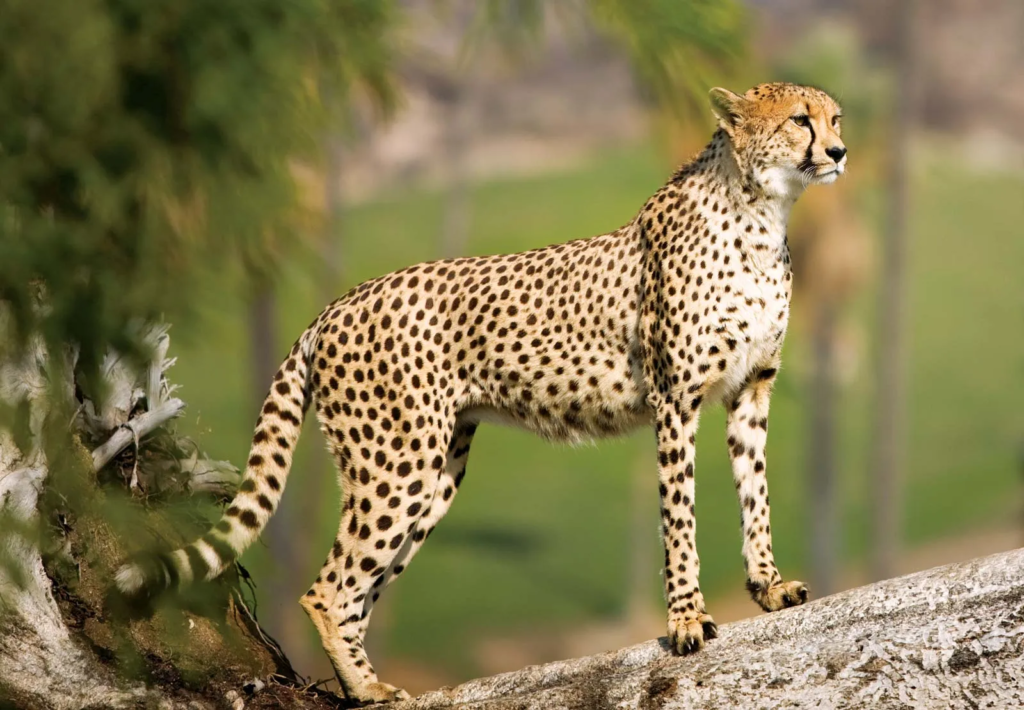
Big cats like cheetahs and tigers embody nature’s most refined predatory adaptations, with adult tigers weighing up to 600 pounds and cheetahs reaching speeds of 70 mph. These magnificent felines maintain their wild instincts regardless of human interaction and require extensive space for natural behaviors. Their care demands include fresh meat diets, enrichment activities, and specialized veterinary knowledge. Professional facilities invest in double-containment systems, temperature-controlled spaces, and extensive safety protocols to maintain these cats’ physical and psychological well-being.
3. Grizzly Bears
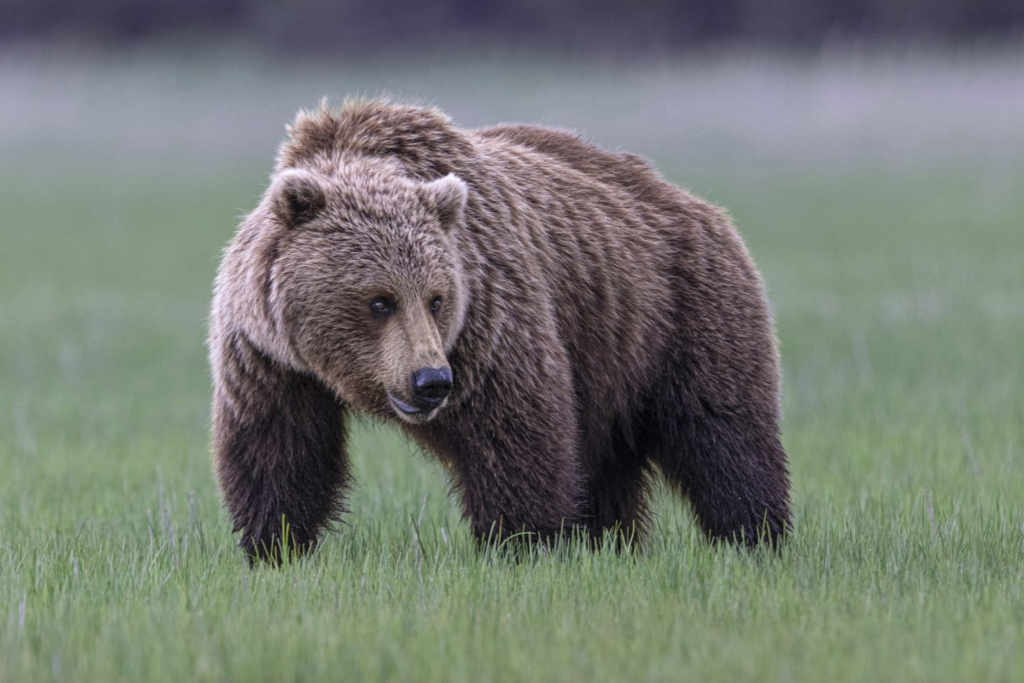
Adult grizzly bears reach weights of 600-1,000 pounds and possess remarkable strength that allows them to move logs and boulders with ease. These intelligent animals demonstrate complex problem-solving abilities and maintain detailed mental maps of food sources within their territories. Grizzlies possess highly developed senses, including a sense of smell 2,100 times more sensitive than humans, allowing them to detect food sources from miles away. Their natural behaviors include extensive foraging, den building, and sophisticated social interactions with other bears.
2. Burmese Pythons
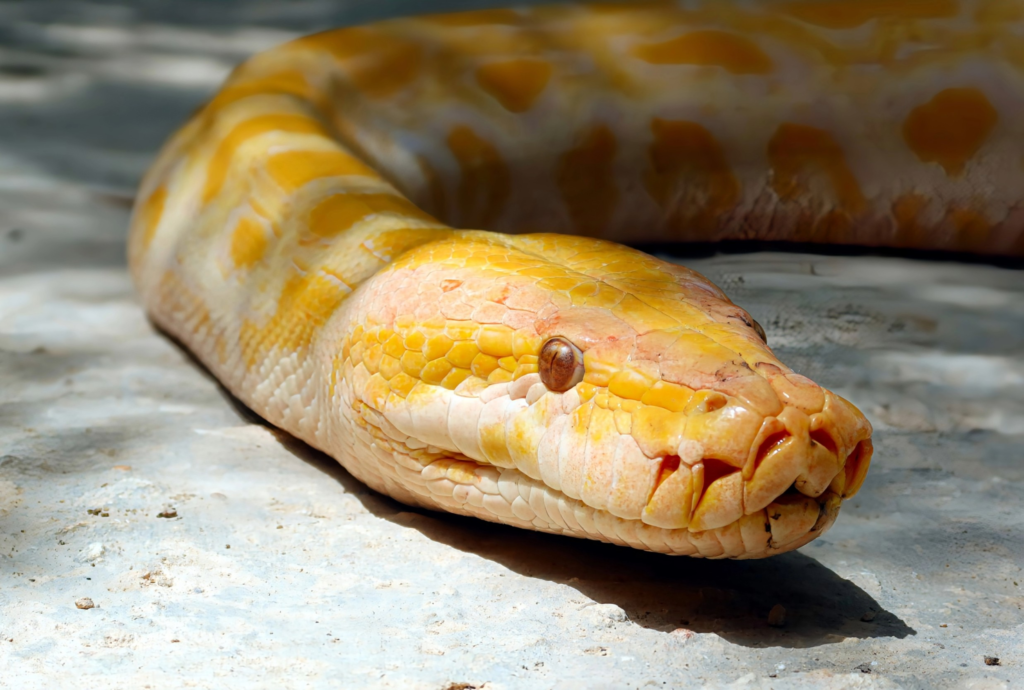
Burmese pythons reach adult lengths of 15-20 feet and demonstrate remarkable growth rates during their first three years of life. These snakes possess highly developed muscles containing thigmothermic sensors that allow precise control during constriction and movement. Female Burmese pythons display unique maternal behaviors, including nest temperature regulation through muscle contractions. Their care requirements include large, secure enclosures with multiple temperature zones, careful humidity control, and expert knowledge of feeding responses and breeding behaviors.
1. Scorpions
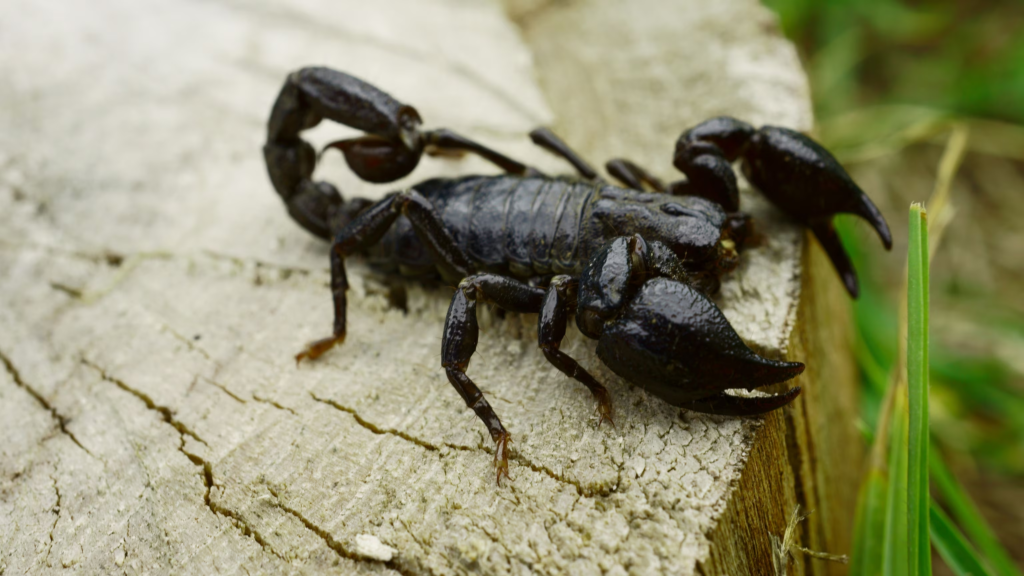
Emperor scorpions rank among the largest scorpion species, reaching lengths up to 8 inches and displaying fascinating UV fluorescence under black light. These resilient arachnids evolved specialized sensory hairs that detect air movements and vibrations, allowing them to navigate and locate prey with exceptional accuracy. Emperor scorpions demonstrate complex social behaviors rare among arachnids, including communal living and extended maternal care for their young. Proper scorpion care includes maintaining precise humidity levels, providing cork bark hiding spaces, and understanding their nocturnal activity patterns.





















